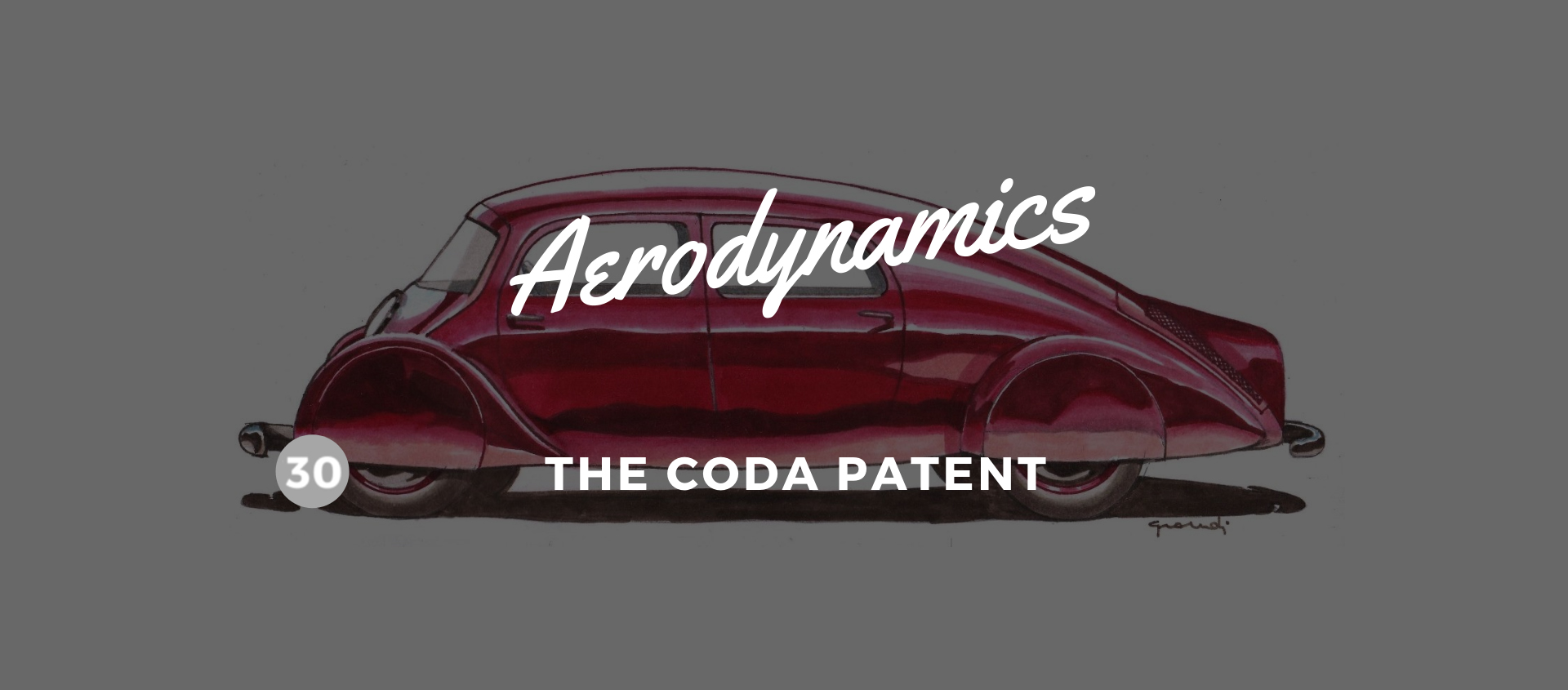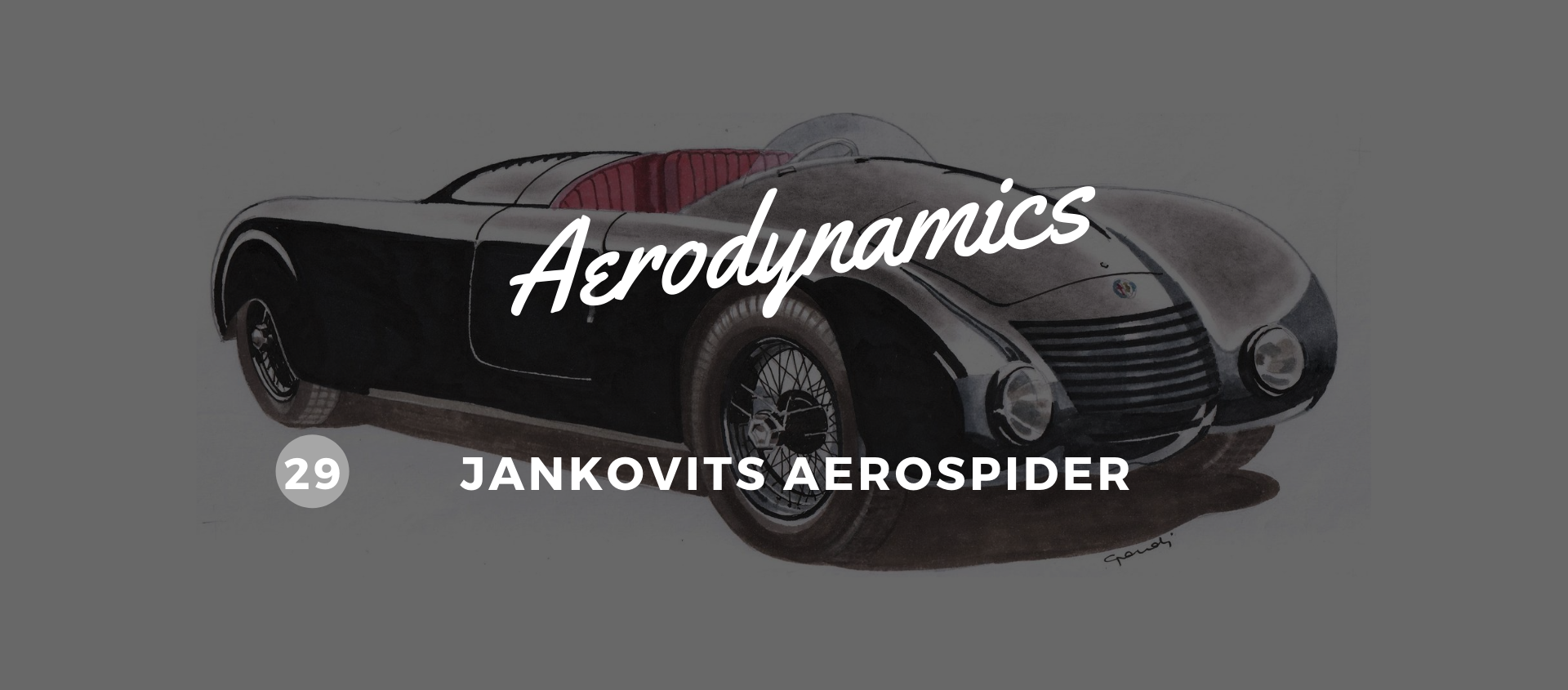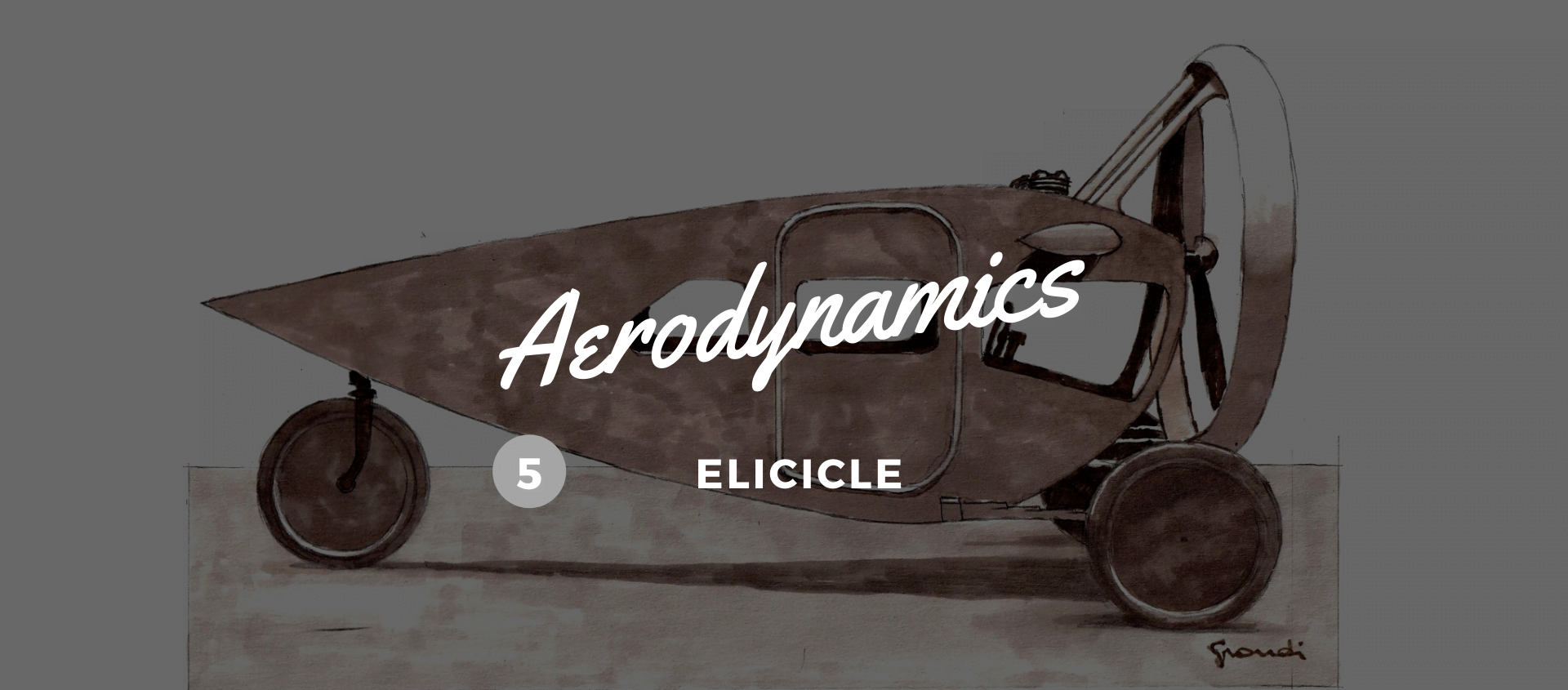Goddess of the Deesse?
31 August 2020 1 min read 4 images

In historical research, deduction is allowed provided that there are elements that support it.
Register to unlock this article
Signing up is free and gives you access to hundreds of articles and additional benefits. See what’s included in your free membership. See what's included in your free membership.
Already have an account? Log In


